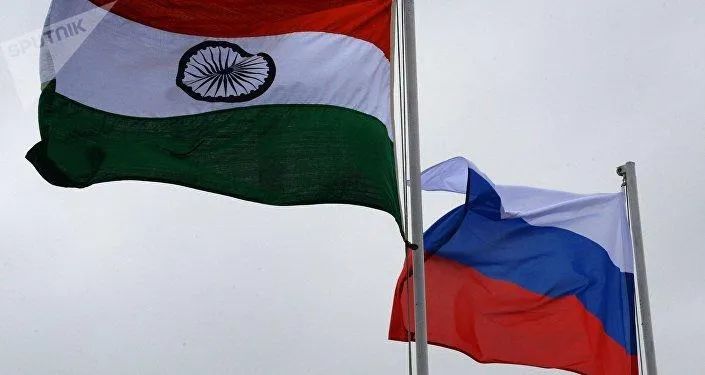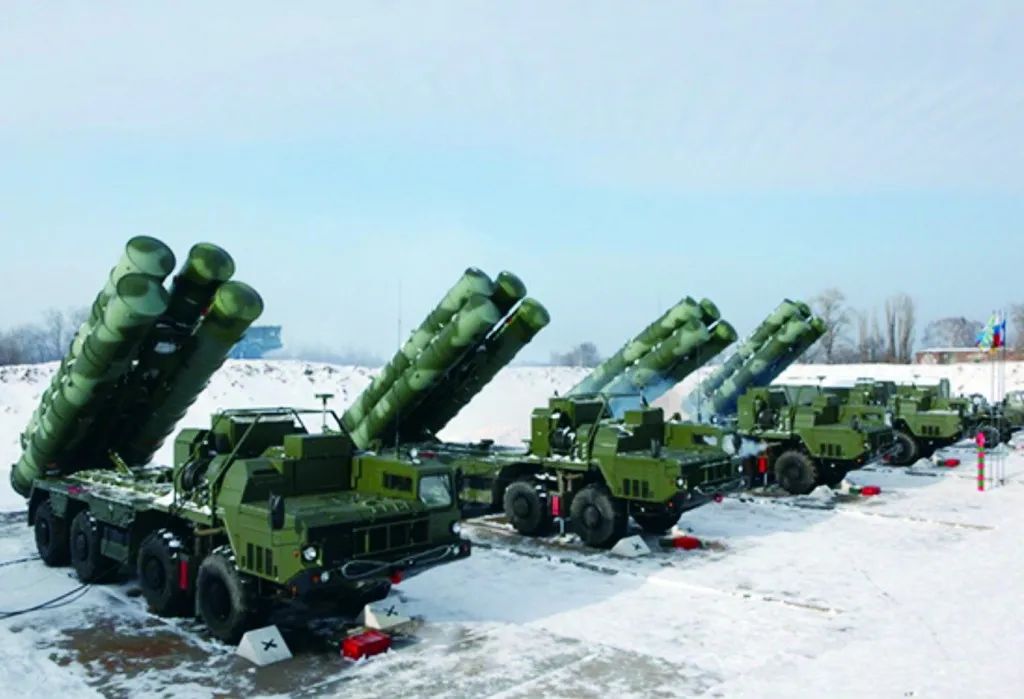India claimed that the purpose was to “come with the ongoing confrontation on the China-Indian border”.
India’s “Bharat Shakti” defense website said on the 24th that despite the threat of US sanctions, India is asking Russia to deliver the first batch of S-400 long-range anti-aircraft missiles by September this year, in order to “come with the ongoing Sino-India border confrontation”.
According to the report, according to the agreement reached between India and Russia in 2019, India spent $5.4 billion to purchase five regiments of S-400 “Triumph” long-range anti-aircraft missile systems from Russia.
As originally planned, the first S-400s will be handed over to India as early as December 2021, and the rest will be delivered in 2025. At present, the Indian military has sent a large number of personnel to Russia for training to master this “one of the best air defense systems in the world” as soon as possible.
But now the Indian military is urging Russia to advance the delivery of the first missiles to September so that the Indian army can fully test the adaptability of the missiles to the plateau environment before the next winter.
According to Russia, this advanced anti-aircraft missile system can carry out air strikes from low-altitude close range to ultra-long-range full-air, with a maximum combat range of 400 kilometers, and a certain anti-ballistic missile capability.
Thanks to the upgrade of new search radar and fire control radar, the anti-aircraft missile can even fight against stealth targets.
The report mentioned that in connection with the deal between Russia and India, the United States has warned many times that the United States may invoke the Retaliation Against American Enemies Act to impose sanctions on India.
Under the bill passed by the United States in 2017, the United States will impose sanctions on third countries that carry out military technology cooperation with Russia, Iran and North Korea. Previously, the United States had imposed sanctions on countries that purchased S-400 anti-aircraft missile systems, including Turkey.
However, India did not ignore the threat of the United States, reporting that “New Delhi and Moscow have developed a complete set of trading methods to evade U.S. sanctions”. The Times of India said that with the Biden administration in power, India has “very hope” to receive a “pardon” from the United States in the future on this issue.
New Delhi has previously assured the United States that India purchased the weapon on the basis of “urgent national security needs” and will not harm the confidentiality of the U.S. weapons.
However, the United States said that it would not finally decide on sanctions against India until Russia officially delivered the S-400, which “may affect India’s plan to introduce advanced fighter jets and drones from the United States”.

When it comes to why India insists on or even introduces Russian-made S-400 anti-aircraft missiles in advance despite the threat of US sanctions, the report also involves China.”
According to the website Bharat Shakti, “India’s introduction of the S-400 will be mainly used to fight against China”.
The report said that the tense confrontation between China and India on the border that began last year has not shown any sign of ending, and the Indian military and national security agencies even speculated that “China may launch a new invasion this summer”.
At present, the Indian anti-aircraft weapons are mainly the old Sam series anti-aircraft missiles in the Soviet era and a small number of domestic “Akash” medium-range anti-aircraft missiles.
Due to the lack of advanced long-range anti-aircraft missiles, the Indian army is very passive in the border confrontation. India urges Russia to deliver S-400 anti-aircraft missiles in advance to make up for this shortcoming.
The report also mentioned that India has also built a number of dual-use plateau airports in the border area to ensure the smooth supply lines in the border area by air.



